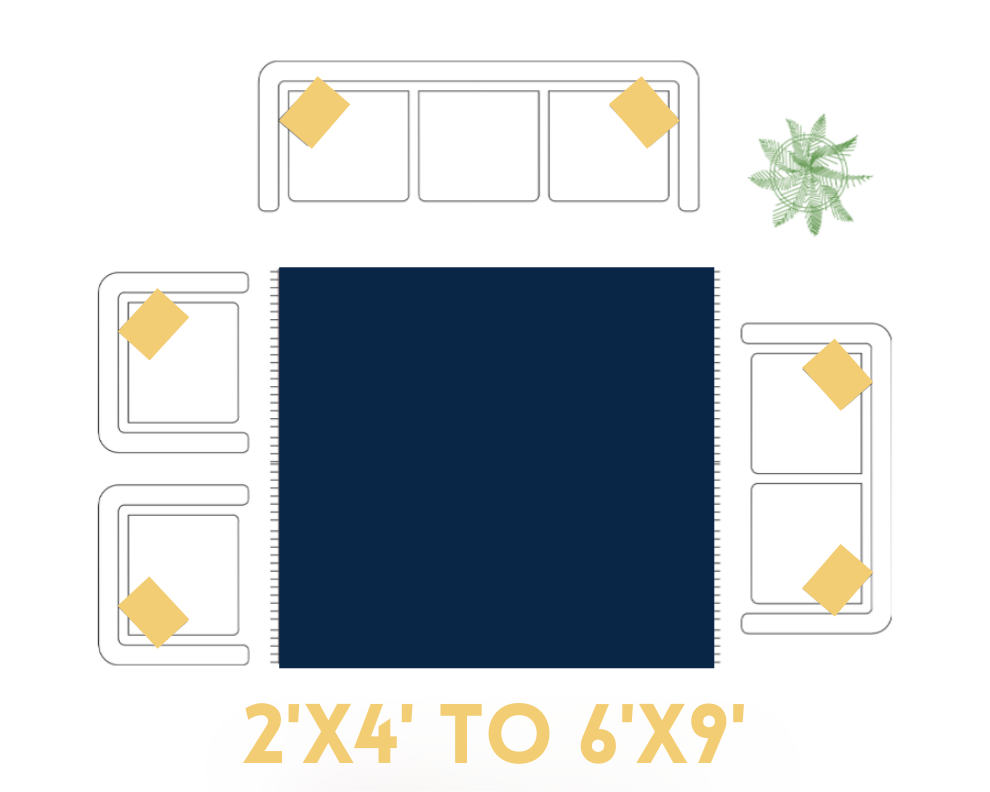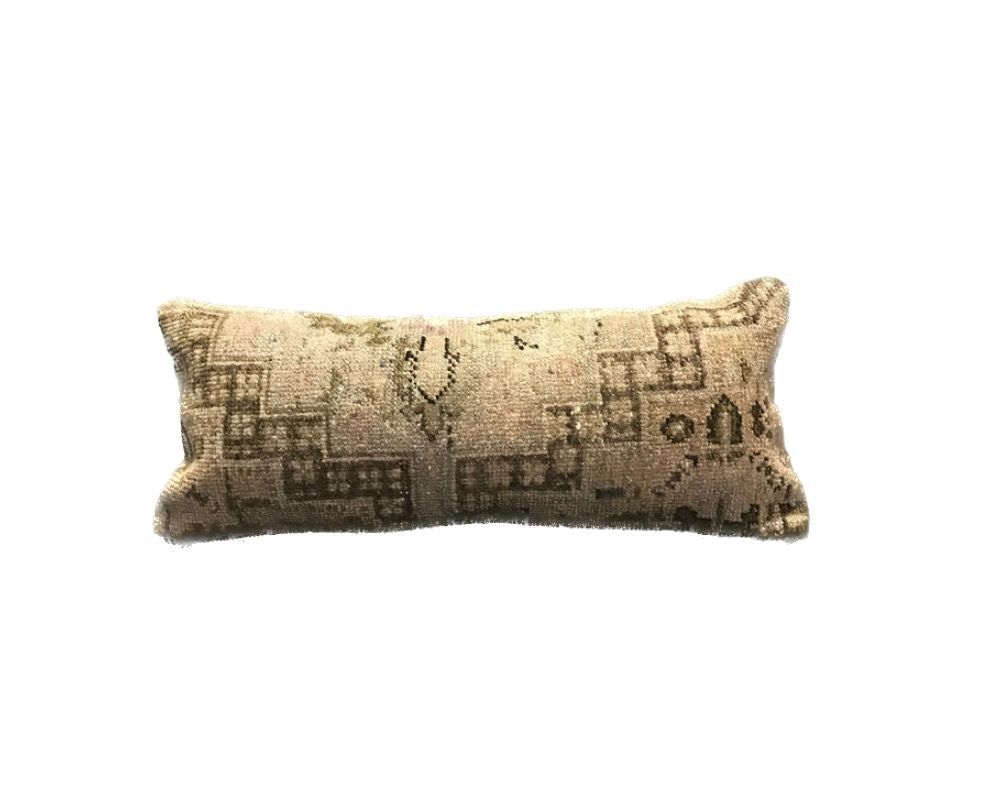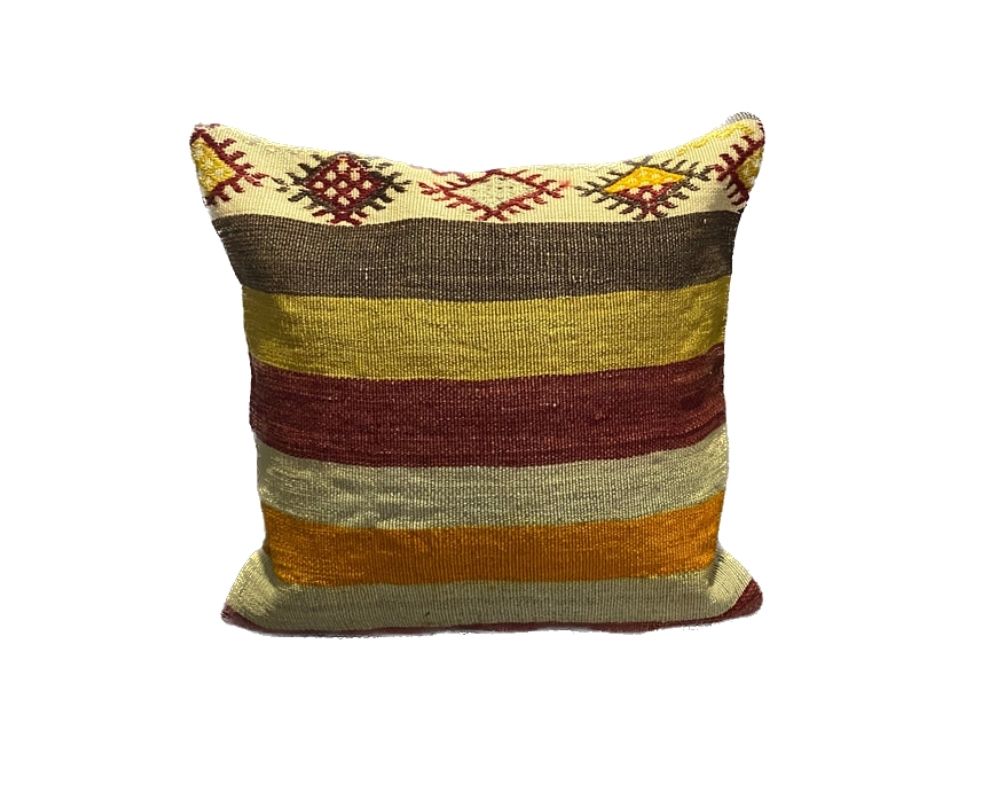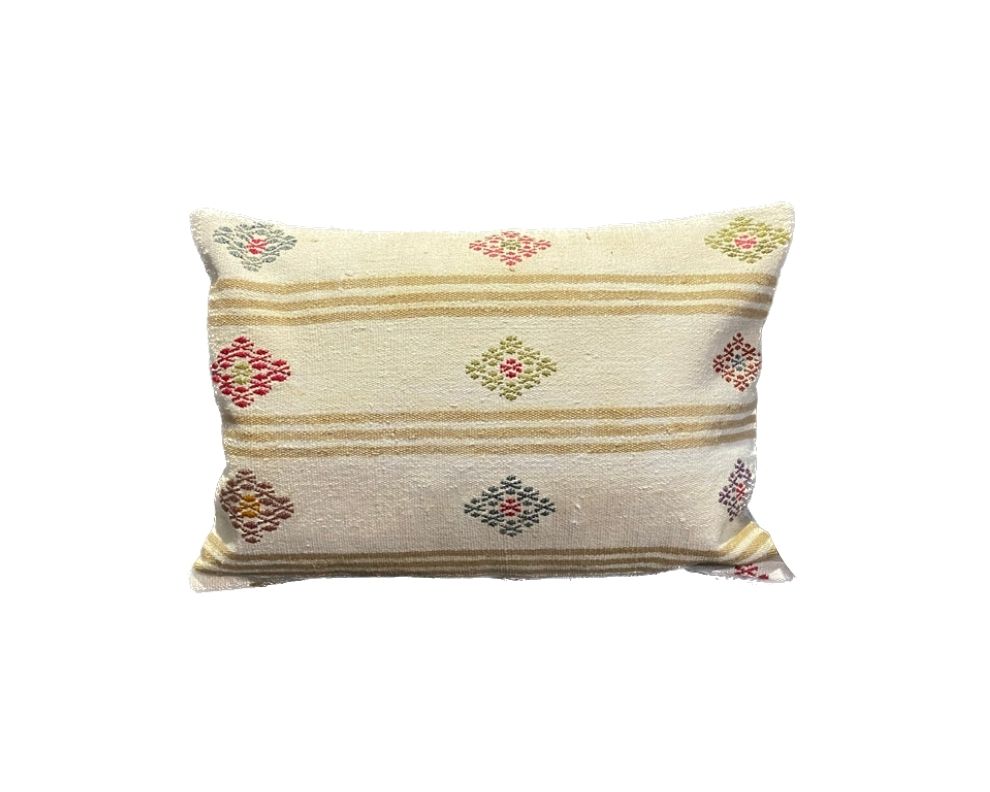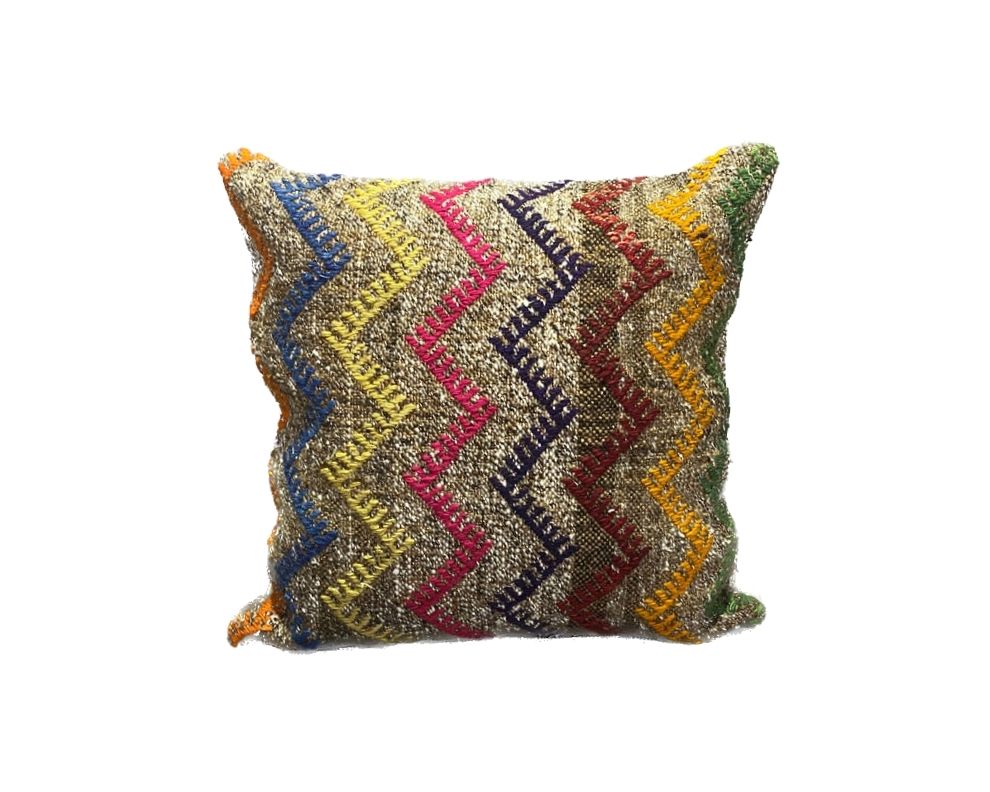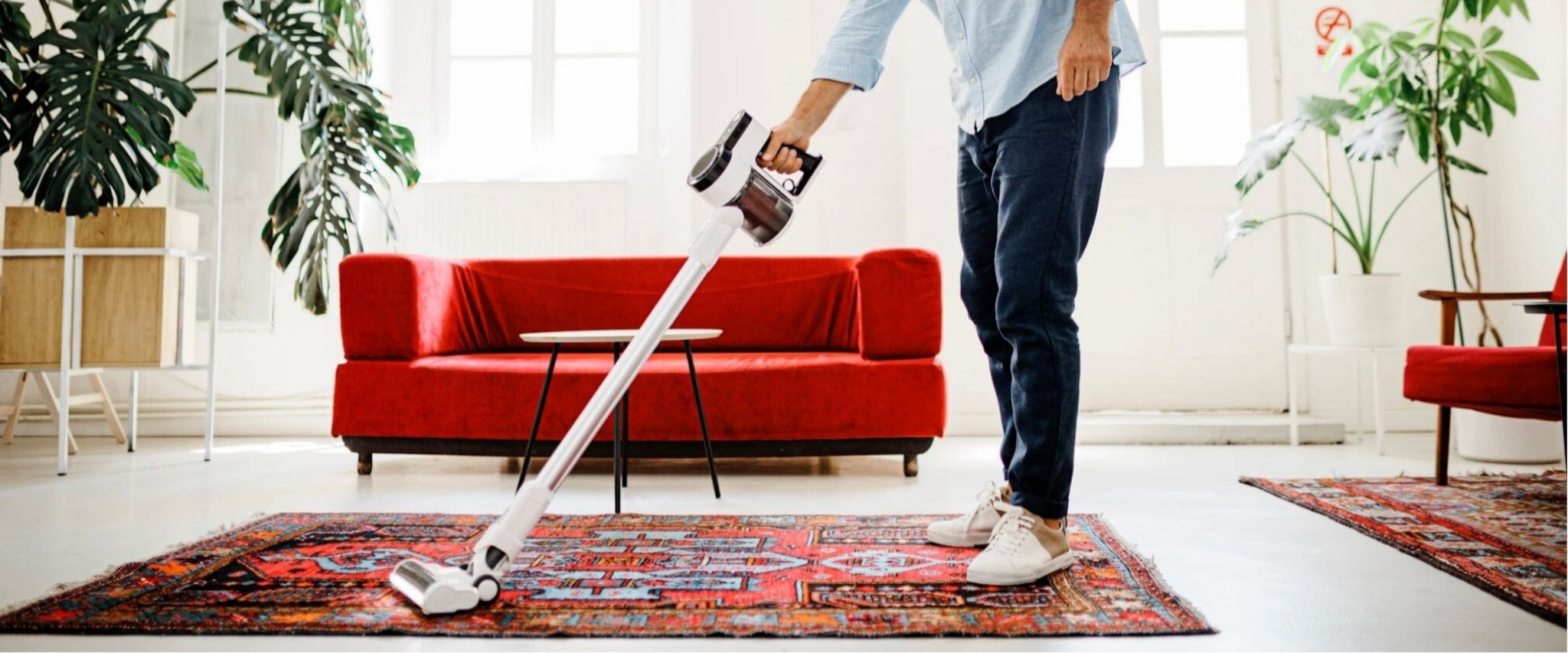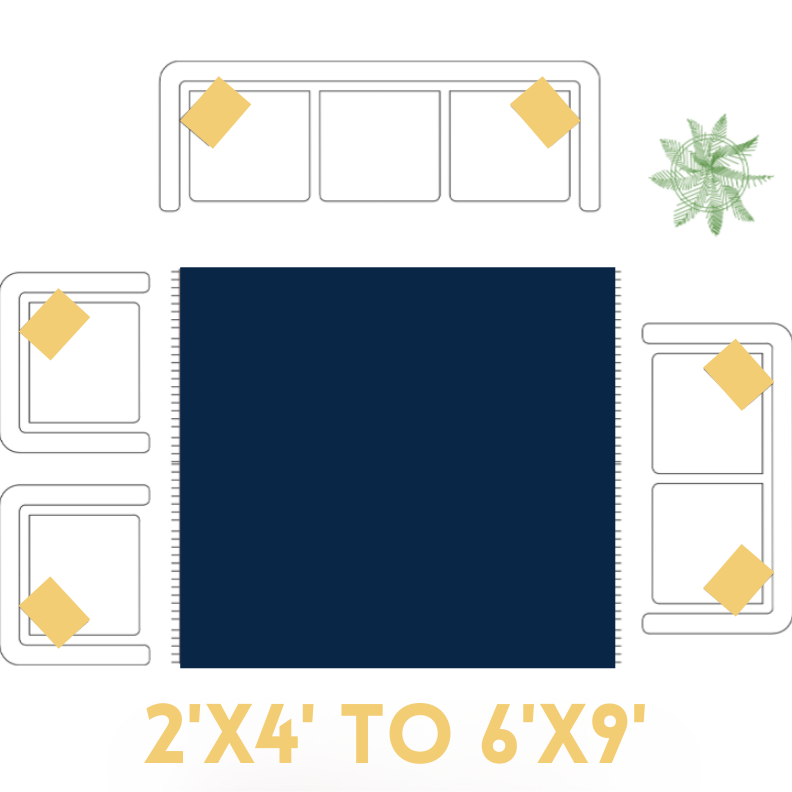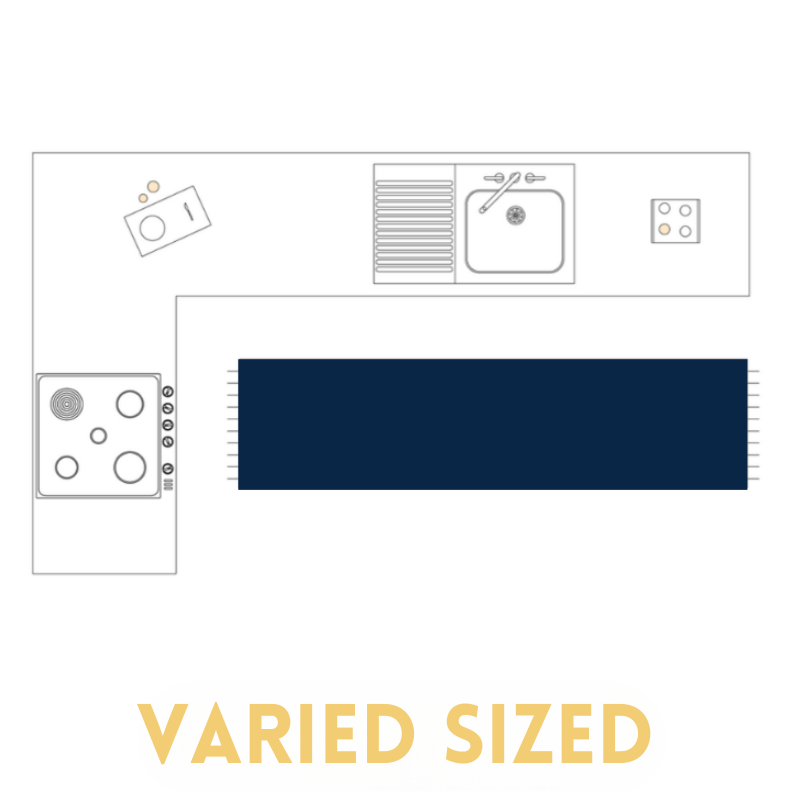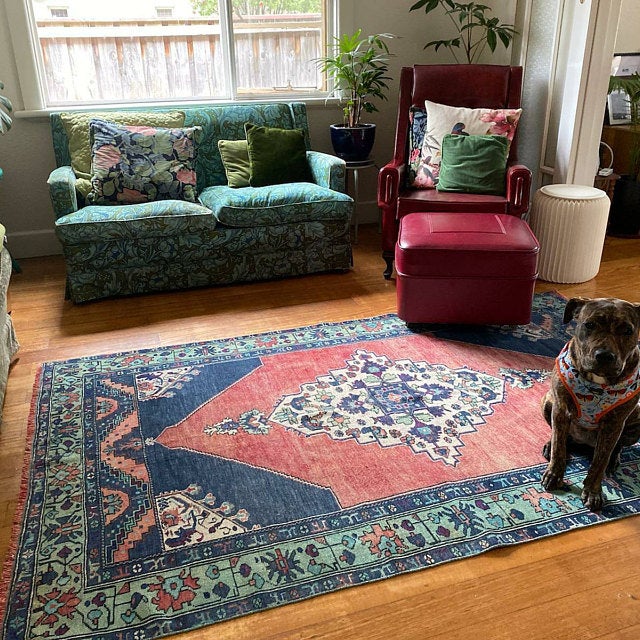Have you ever entered a space and been immediately warmed, as if the floor were embracing you? You typically get that sensation from a Turkish rug. These handcrafted gems give a space life and more than just a pleasant appearance. But like anything else, they require upkeep to be beautiful. The finest technique to clean a Turkish rug is demonstrated in this article. There are only practical methods, professional advice, and a small amount of firsthand experience—no fancy tactics. After reading this, you'll know how to maintain your rug's fresh appearance, plush texture, and vibrant personality for many years to come.
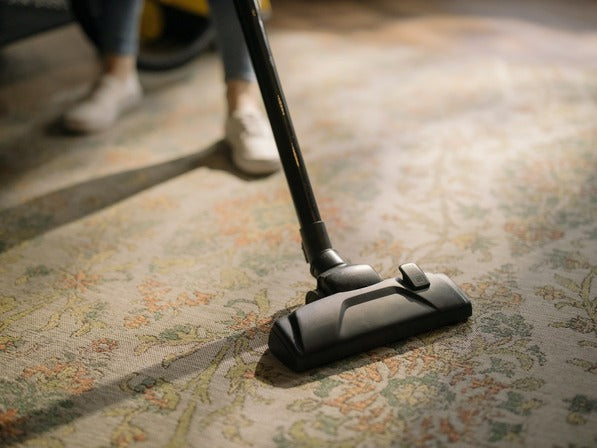
Why Proper Turkish Rug Care Matters
Turkish rugs are a part of our past and are more than just objects. Each one is handcrafted from natural materials like silk, cotton, or wool and dyed with plant-based dyes. These threads are delicate, yet they have a story to tell. Strong chemicals can remove their distinctive sheen, dampness can weaken their structure, and sunlight can cause their colors to fade.
I can still clearly remember my first cleaning error. Years ago, I washed an ancient rug with a strong detergent, which caused the colors to fade. I learned something valuable from the rug: a hand-made Turkish rug isn't just cleaned; it's cared for. When you remove dust, you are preserving art. You can honor the labor of countless generations by vacuuming gently.
Rugs like these "breathe." Depending on how warm, humid, and touchy they are, they alter. Cleaning them is therefore about finding equilibrium rather than applying force. Our Turkish Rugs collection demonstrates how wonderfully Turkish weaving hold up over time. Each one stands out because to its unique colors and patterns.
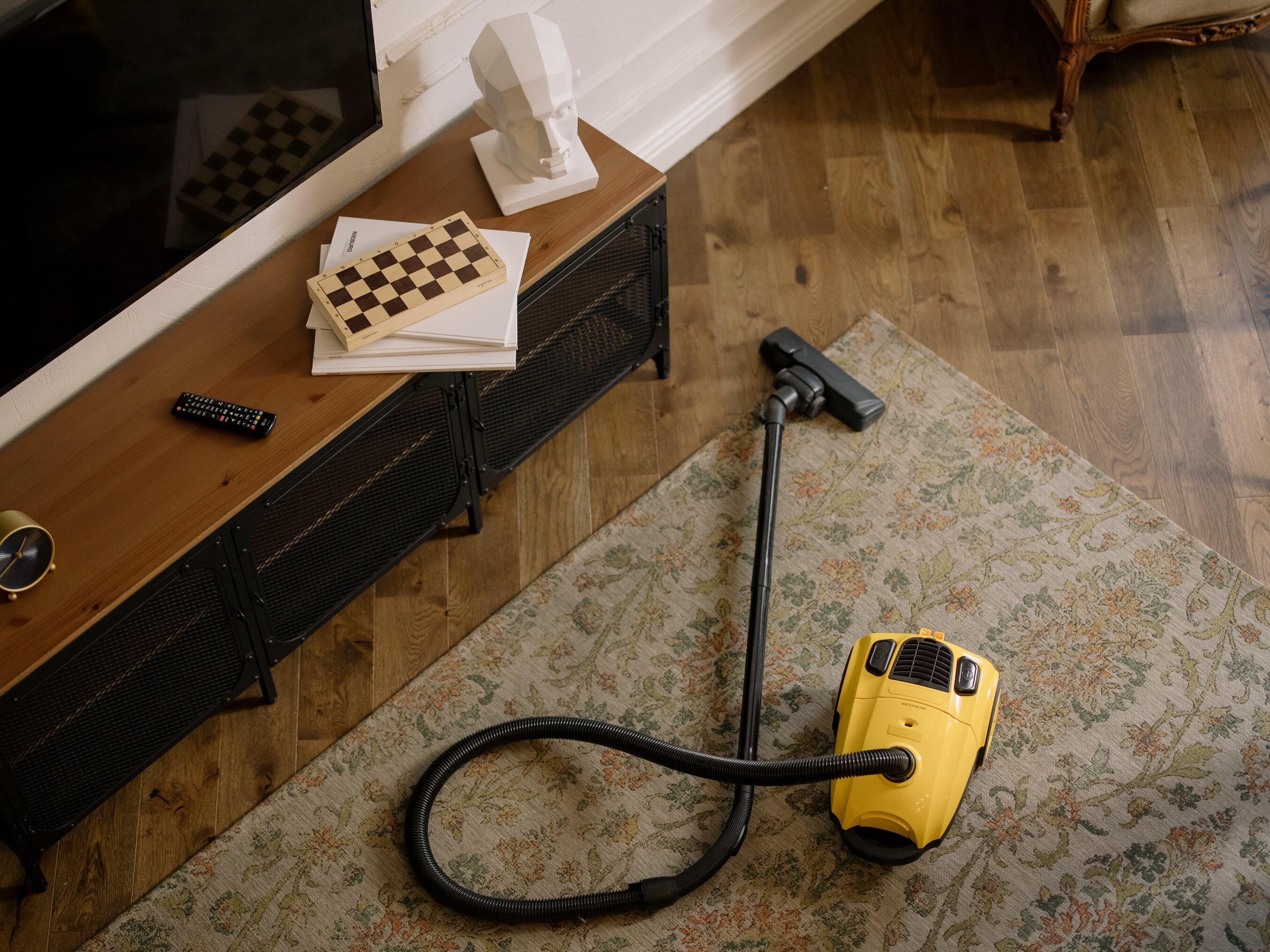
Turkish Rug Maintenance Tips for Daily and Weekly Cleaning
Cleaning a Turkish rug need not be difficult. It all comes down to being reliable and taking small daily actions to prevent problems from growing worse.
Vacuuming Gently Without Damaging the Fibers
Vacuum gently, steadily, and slowly in the weave's direction. Avoid using settings with a lot of suction or beater bars. Every thread in these hand-knotted rugs serves a specific function. Taking care of a live textile is different from washing a factory-made mat.
Don't ever vacuum the edges, please. The soft tassels are not distinct parts; they are a part of the base. Months of labor can be ruined by pulling on them. If there is a lot of pile on your rug, use a soft brush attachment. Take it outside once a month and shake it gently to allow it to breathe. You'll be shocked at how different it is.
One easy tip I do is to sprinkle baking soda on the floor before vacuuming. It eliminates odors and gives the fibers a new scent.
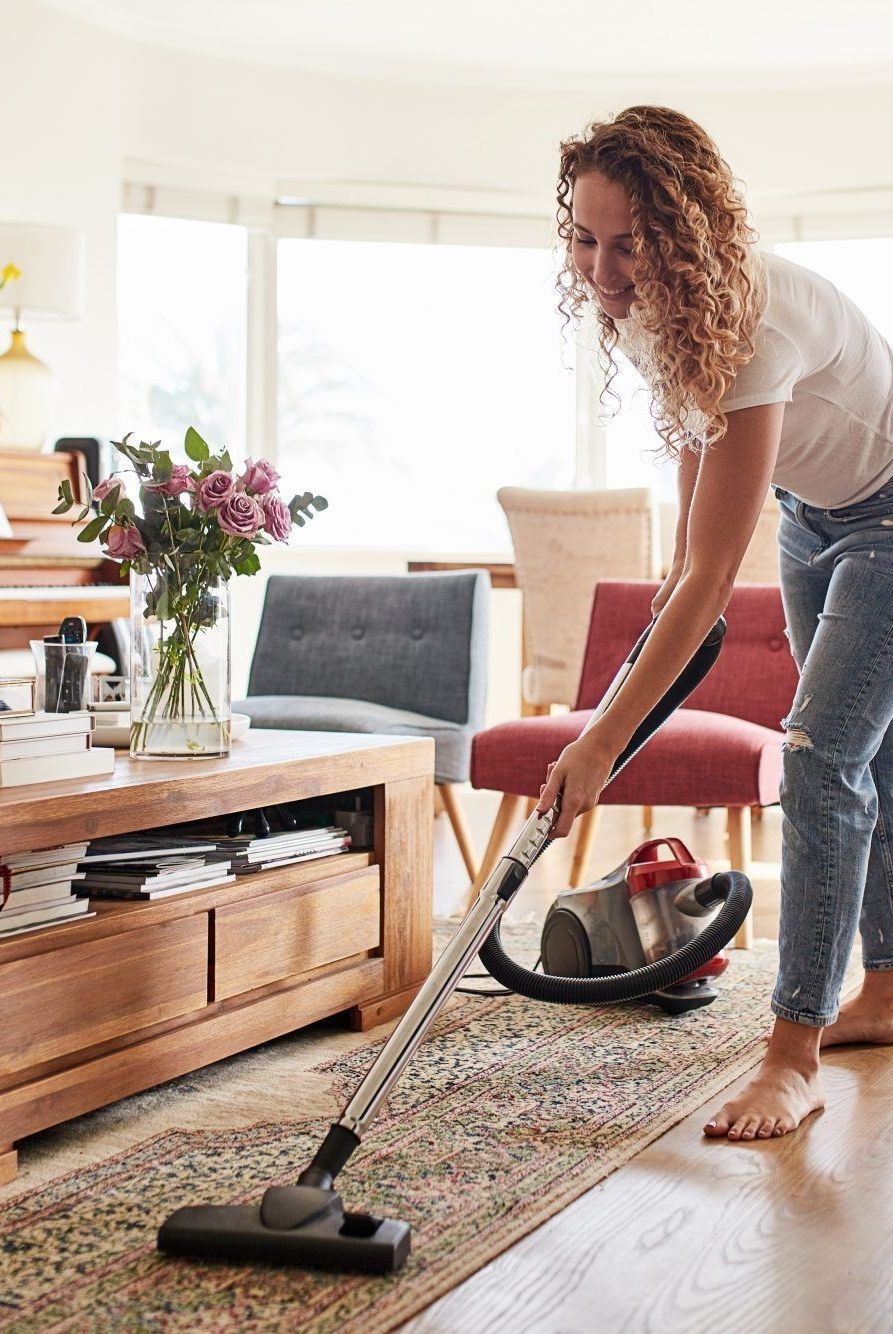
How to Protect a Turkish Rug from Sunlight and Moisture
Although too much sun might cause uneven color fading, it can also make your rug appear brighter. Rotate your rug every few months to prevent that. If it is close to a window, use sheer drapes to block direct light. The goal is to help your rug age nicely, not to hide it.
Let's now discuss dampness. Water does not appeal to wool. Mold can grow before you even notice it, and a moist carpet can quickly turn musty. Dry it off and place it flat to allow air to circulate if it gets damp. Gravity will alter its shape if you hang it up.
"The sun gives beauty, the wind gives life," a rug maker once told me. I've been thinking about that advice ever since. Moderation and airflow are your rug's best friends.
Why You Should Rotate Your Turkish Rug Regularly
Although it might not seem like much, one of the best ways to extend the life of your rug is to turn it. Over time, one side consistently receives more sunshine or foot traffic than the other. By rotating it 180 degrees every few months, you can prevent it from becoming too faded and worn out.
There was a rug I once saw that looked half-new and half-worn. The sunlight was the only thing that altered. After a year of consistent rotation, everything looked fantastic. Indeed, it's a small habit, but it has a big impact.
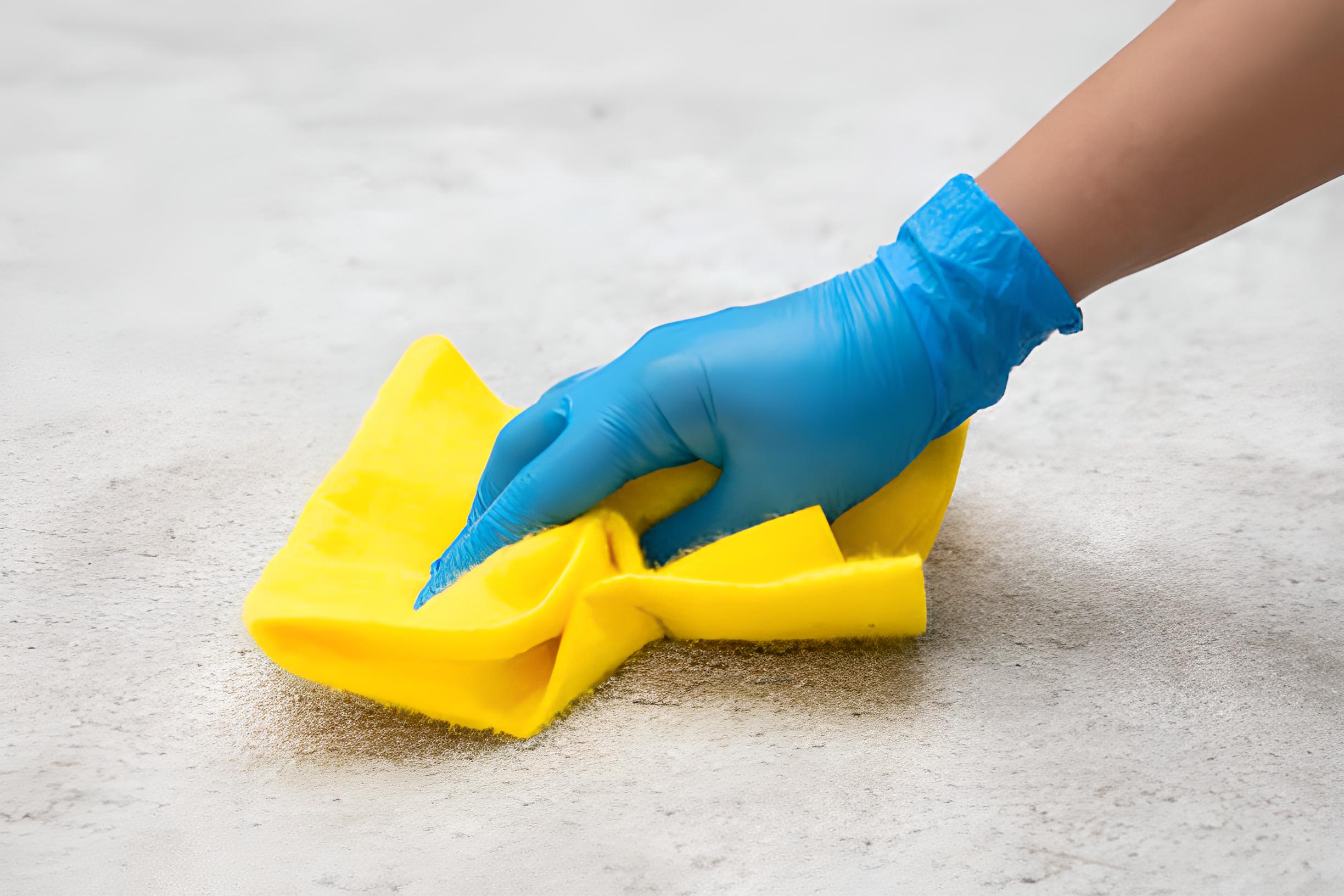
How to Clean Turkish Rug Spills and Stains Quickly
Everybody has experienced the terrifying moment when juice, wine, or coffee spilled on the rug. Just react promptly and with kindness; don't freak out.
Blot, Don’t Rub: The Golden Rule of Spill Cleaning
Wipe up the spill immediately with a fresh white cloth. Just lightly press, never rub. The liquid is pushed deeper into the fibers and moved about by rubbing. To remove stubborn stains like red wine or coffee, combine a small amount of white vinegar or mild detergent with lukewarm water. Dab gently, then pat dry. Hot water can cause colors to bleed, so avoid using it.
According to a cleaning expert I know, "It's not the stain that ruins the rug; it's being impatient." He's absolutely right.
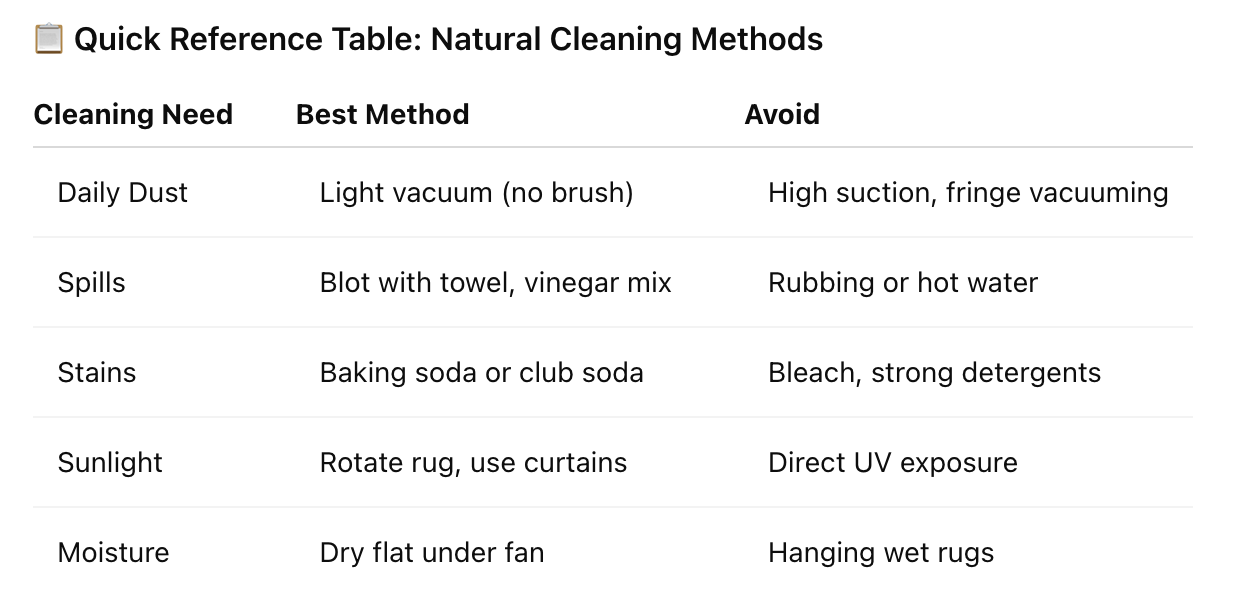
Natural Turkish Rug Cleaning and Stain Removal Tips
Your best pals are often natural cleaners. To remove light stains, combine equal parts lukewarm water and white vinegar. Apply with a gentle cloth and blot dry. Sprinkle baking soda on any oily areas, leave them for a few hours, and then vacuum them up. Because it helps lift the color before it sets, club soda works wonders for tea or wine.
Before putting it on, try it on in a hidden place. Different fabric kinds and ages respond differently to natural dyes. When you're unsure, it's always preferable to do less.
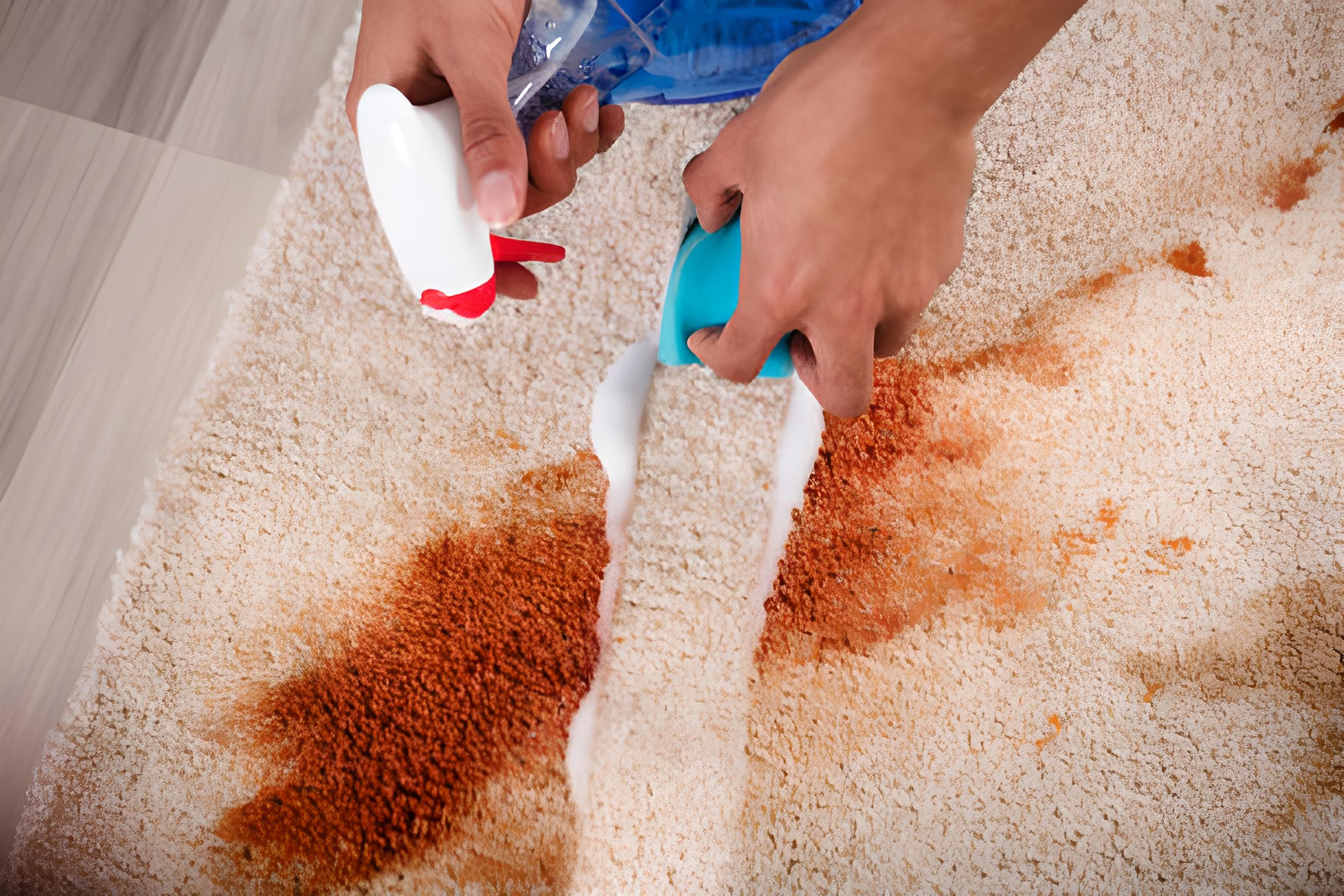
When to Use Chemical Cleaners on a Turkish Rug
Try a mild rug shampoo designed for silk or wool if natural remedies don't work. Always dilute them and start with a small area to test. Anything containing bleach or ammonia should be avoided as they remove the natural oils and colors of the rug.
I once received a warning from a professional cleaner: "If it's too rough for your hands, it's too rough for the rug." That is a valuable piece of insight.
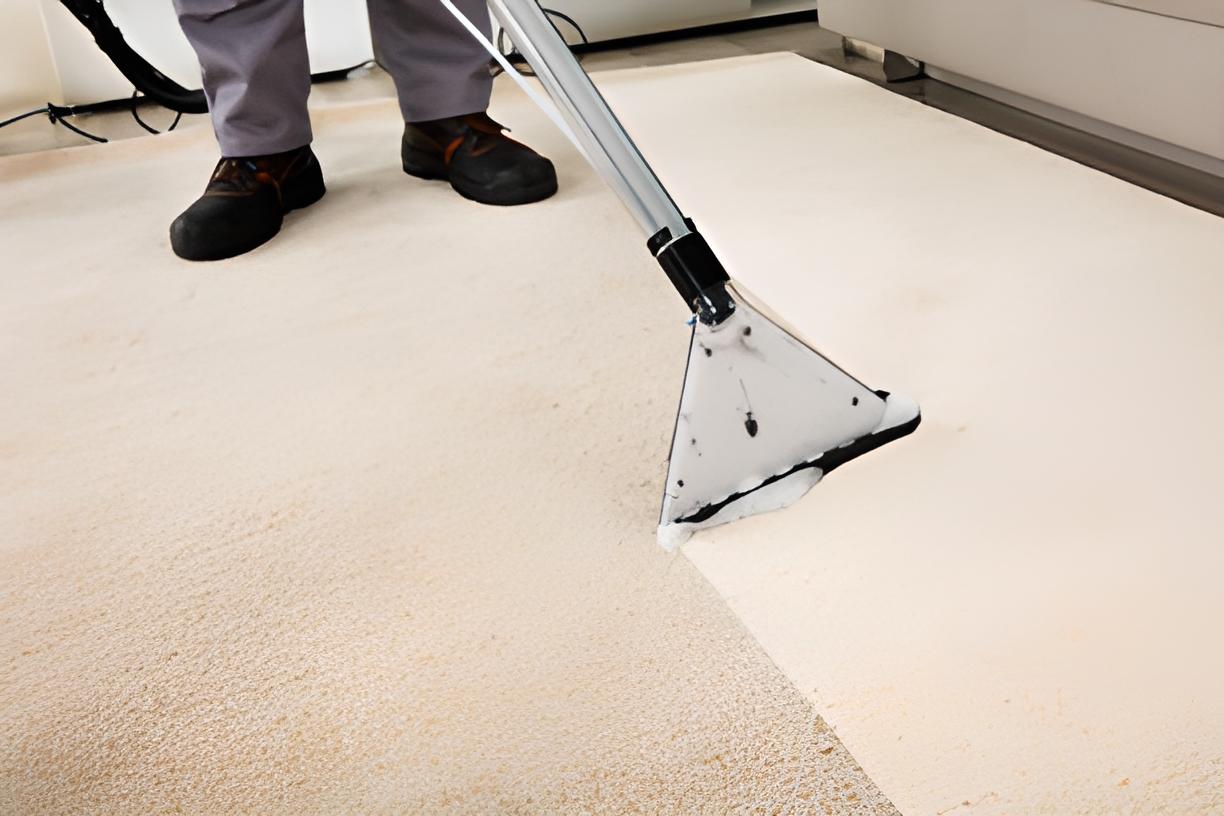
Professional Turkish Rug Cleaning Services: Why They Matter
Having your rug professionally cleaned every 12 to 18 months can restore its original appearance, even if you take excellent care of it. However, use caution when selecting a carpet cleaner because many of them treat all carpets in the same way, which is not a smart idea. Real rug experts use delicate hand methods, mild soaps, and cold water.
A cleaner in Istanbul cleaned one of my Oushak rugs with olive soap and allowed it to air dry in the soft sunlight. The fibers became softer, the colors more vibrant, and it appeared to be coming back to life. That's the great thing about actual cleaning.
Final Thoughts on Turkish Rug Care and Longevity
Your rug tells your narrative and is more than just a decorative piece. Each color, knot, and design has a specific function. Not only is the fabric protected when it is cleaned with care and respect, but the culture is also protected.
When you step on your rug once more, pause for a moment. Remember that it's alive because you care for it, and pay attention to how it feels and glows in the sunlight.
Additionally, take a look at our Turkish rugs if you're still searching for the ideal handmade item. Each one is unique, has undergone meticulous renovations, and is prepared to provide coziness and character to your home.



